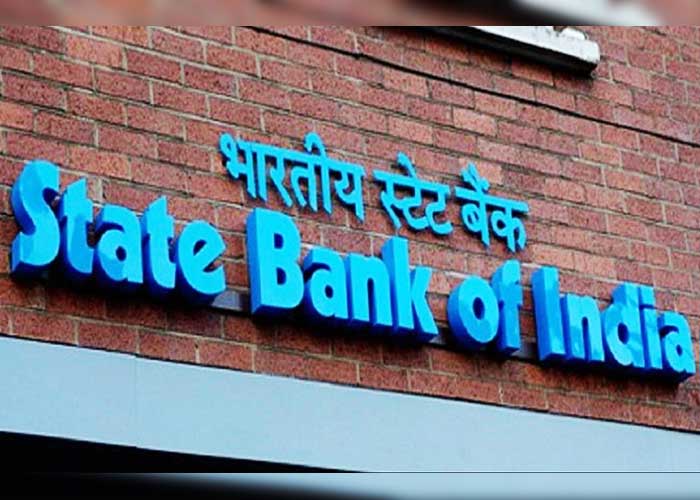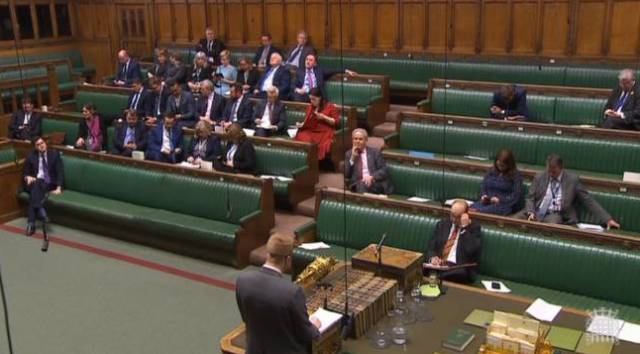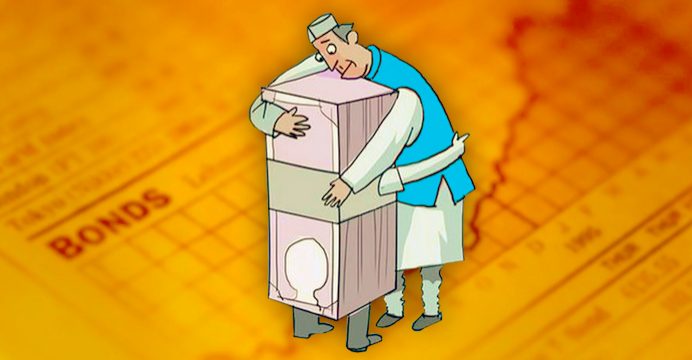Individuals can now get PPF, EPF like benfits on the National Pension Scheme (NPS) as well.
Besides, amount deposited in NPS’ Tier-II account would be eligible for benefits under Section 80C with certain restrictions.
The employees of central government can now choose pension fund manager or investment pattern of their own choice.
Around 18 lakh government employees who joined service on or after January 1, 2004, are likely to be benefited.
Private citizens aged between 18 and 60 years of age can also invest in the scheme. The NPS rejig is may cost the exchequer around Rs 2,840 crore for the next fiscal.
As per the existing NPS rules, 40% of the total accumulated corpus used to buy annuity at retirement or reaching the age of 60 was already tax-exempted.
Out of 60% of the accumulated corpus withdrawn by the NPS subscriber at the time of retirement, 40% was tax-exempt too.
Now, the entire 60% will be tax-free, bringing it on a par with other investment schemes like Employee Provident Fund and Public Provident Fund, both of which are exempt from tax at contribution, accumulation and withdrawal stages.
In another tax benefit for subscribers, contribution under Tier-II of NPS will now be covered under Section 80C for deduction up to Rs 1.5 lakh for the purpose of I-T benefits, provided there is a three-year lock-in.
The impact on the exchequer on account of increase in government’s contribution is estimated to be around Rs 2,840 crore for the 2019-20 fiscal, Jaitley said.
Addressing a press conference, Finance Minister Arun Jaitley said the changes have been made in the larger interest of employees.
According to Sandeep Shrikhande, CEO, Kotak Mahindra Pension Fund, this move is to bring those government employees who joined after 2004 and were offered NPS on par with those who joined before 2004 and were on defined benefit.
“The amount of pension that accumulated at the time of retirement for the post-2004 employees was not matching up to those who are on defined benefits,”‘ he said.









